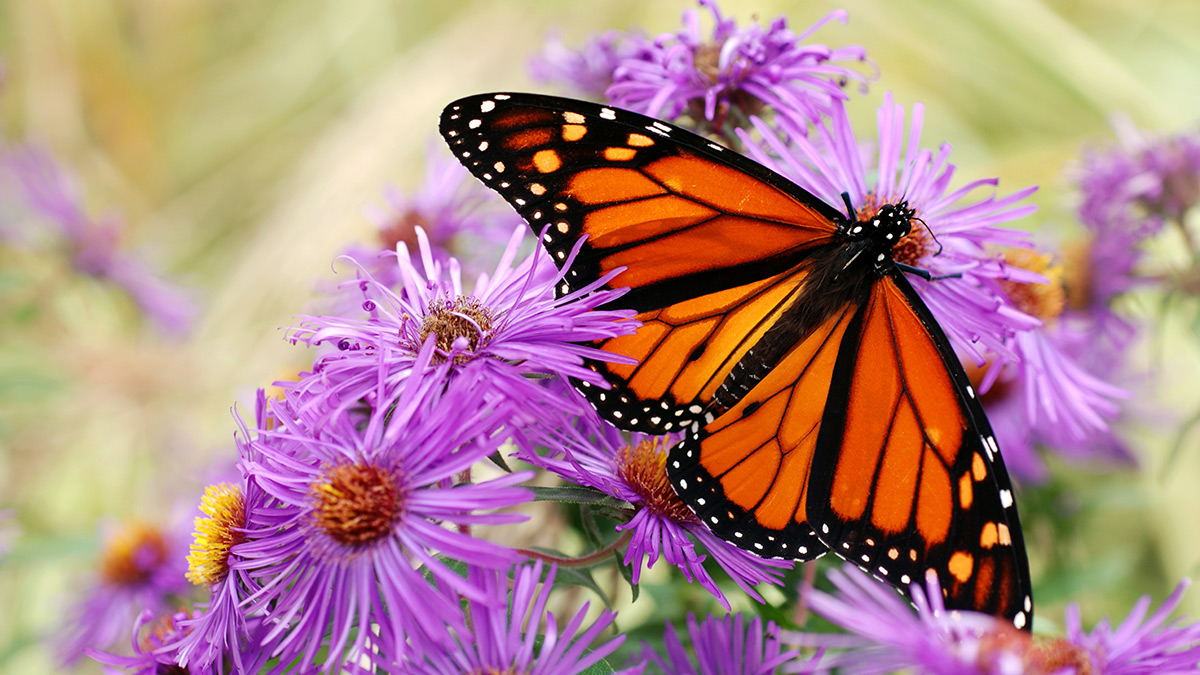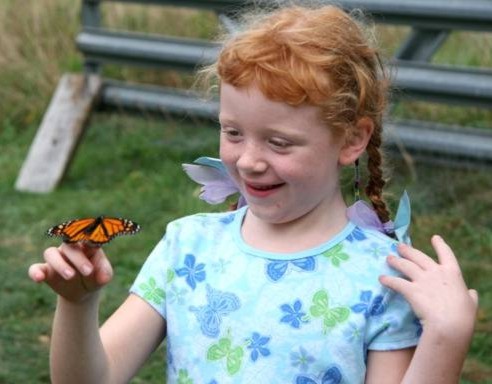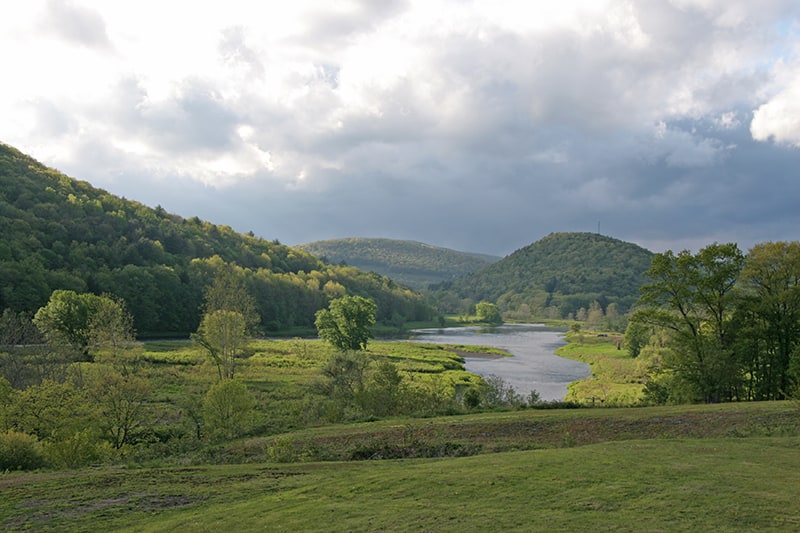What's New

September 9, 2014
Help the Monarch Butterfly
 It’s no secret the monarch population is in decline, having dropped 90% over the last two decades, coinciding with the loss of 165 million acres of their habitat. See this editorial from the River Reporter for more details—and the push to put monarchs on the endangered species list.
It’s no secret the monarch population is in decline, having dropped 90% over the last two decades, coinciding with the loss of 165 million acres of their habitat. See this editorial from the River Reporter for more details—and the push to put monarchs on the endangered species list.
An essential key to the survival of the monarch is the availability of milkweed plants, which they need to survive. The widespread use of herbicides has eliminated it in many areas, which means migrating monarchs do not have the resources they need to survive their long trip to Mexico.
Although this decline is disheartening, you can take action to help monarchs. Planting milkweed in your own backyard can create important habitat and food source for monarchs, and provide ‘waystations’ for them to stop along their migration route. Seedlings can be started indoors and planted in the spring after the last frost. In addition, because monarchs migrate from here through September and October, it’s important to have hardy, late-flowering plants available for them.
Find more information on MonarchWatch.org (check out the “Bring Back the Monarchs” campaign) to learn more about helping monarchs, planting and growing milkweed, and the latest news and research.





